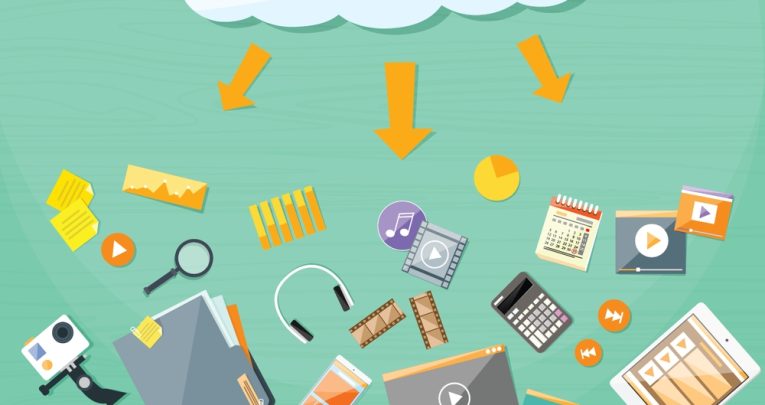A Space To Share – How To Make The Most Of Your Virtual Learning Environment

Colin Bramm presents 10 tips for using your school's virtual learning environment to the full…

- by Colin Bramm

Virtual learning environments (VLEs), management learning environments (MLEs), learning platforms and more generically, learning management systems (LMSs), are terms that have all been used to describe a range of online tools that record and process young people’s development information.
Yet the success of these systems remains as mixed and undefined as their names.
In 2006, the government’s then ICT agency Becta, launched the Learning Platform Services Framework with significant funding and an associated list of approved suppliers.
Alas, however, many schools didn’t see a return on their investment. There has always been an aspiration for effective LMSs to improve student outcomes while making teachers’ lives more efficient and effective – but the feedback received from schools across the US and UK has generally been one of disappointment.
So what can we do to this apparent failure into success? Here are some suggestions…
1. Start with what you want to achieve When schools decide they want a LMS, they generally start by looking at the options and comparing functionality to their specific needs. This is often mistake number one. It’s much better to begin by defining what you want to achieve.
Set a time for everyone (teachers, leaders, administrators and even students) to brainstorm your aspirational goals. By including everyone in this process, you have taken the first big step to achieving the all-important buy-in from those who will be expected to make use of the system.
2. Don’t be risk averse, and don’t lack ambition Many schools feel that it is best to start small and work up from there. However, this process of gradually adding bolt-ons tends to create a less intuitive – and certainly more expensive – system. Don’t be afraid to list all your ideals beforehand, and strive to achieve them first.
3. Plan for the future Will your students only ever carry out assessable work on paper? Hopefully not. Can the system store all types of media? Whether the lesson is music, modern foreign languages, drama, or sport, can students’ work be captured on audio and video files? Can these all be uploaded to the LMS, shared and assessed?
Will your LMS also allow the students to crop and edit their files? Can they upload this content from their computer, iPad, Dropbox account or Google Drive?
In today’s 21st century classroom, LMSs should be able to satisfy all of these requirements; they will only become increasingly important in the future.
4. Don’t let the system become static A common error with LMSs is that many simply become a repository for each student’s work. If this is all they are to be used for, a network drive would do the job just as well.
An active, live LMS should enable teachers to see progress, set assignments, and provide feedback, guidance and instructions.
5. Manage access Do you want to be able to share work with individual student groups, whole classes, other teachers, and/or parents? Tools that help you quickly and easily – and above all, securely – manage your LMS are a must for many teachers.
6. Archive lesson plans Another vital time-saving requirement for all LMSs is the ability to upload and store lesson plans and resources on your system. If these are filed and categorised well, teachers can come back year after year to find all of their lessons planned and ready to adapt for the new term.
It will also ensure that you have everything to hand in the event of an Ofsted inspection!
7. Connect staff members While there are obvious benefits to holding staff meetings, efficiencies can be introduced by maintaining a shared area in the LMS that staff can use to to communicate with one another, or to post and read notices at any time, be it inside school or at home.
8. Manage the timeline Unless teachers can set timely notifications of when work is assigned and deadlines are approaching, a LMS will become unmanageable.
Setting these deadlines for specific students or groups of students will provide teachers with an efficient management tool that can help them save time and unnecessary administration.
9. Train effectively A mistake made by many LMS early adopters was the lack of high quality training and change management. It’s important to build in appropriate and timely training and support in using it for all staff.
10. Pay attention to developmental needs Last, but by no means least – the initial purpose of LMSs was to be able to personalise each student’s learning pathway. Teachers must be able to effectively grade work and analyse by child or class with comprehensive reporting. Feedback, notes, or recorded messages are important; an audio file can speak volumes to a student.
Ultimately, unless time demands are low and output is effective, teachers can’t or won’t use the system.
Colin Bramm is CEO and co-founder of classroom management app Showbie; for more information, visit showbie.com or follow @showbie










